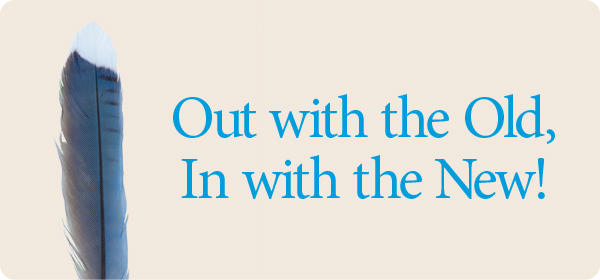Lots of Food = Lots of Birds
In this corner: Sunflower Seeds, the returning champion of bird food, reliable and always filling.
In the other corner: the challengers, unique and interesting foods, such as Jim's Birdacious® Bark Butter®, Mealworms, Seed Cylinders and SuperSuet, that will help you attract more birds to your backyard.
Created by Jim Carpenter, founder of Wild Birds Unlimited, Bark Butter is a spreadable suet that can be easily smeared on tree bark or a Bark Butter Feeder. It has attracted more than 140 different bird species.
Mealworms are a high-protein favorite of birds such as bluebirds, wrens, robins, chickadees and mockingbirds. Because live mealworms can potentially crawl out of feeders, it's important to offer them in feeders with smooth sides like our Advanced Pole System® SideDish™ (shown).
Seed Cylinders add more flavor to your yard. We carry an assortment, including No-Mess, Woodpecker, Supreme, Safflower, Cranberry, and Bug, Nut & Berry. They also come in Hot Pepper - including Hot Pepper Cranberry and Hot Pepper No Mess. Feed your birds and not the squirrels! Seed Cylinders make feeding your birds fun and easy.
SuperSuet offers the highest levels of energy, fat and protein making it super nutritious to entice a multitude of birds, including insect-eaters.
Stop by and let us know what kind of birds you want at your feeders. No one has a better selection of bird food than Wild Birds Unlimited. And whether you're looking for a champ or a challenger, we’ll make sure you have the food and feeders you need to make your backyard reign supreme.

Molting
Being Seasonally Savvy: Help Birds During Molting Season
Just as people make seasonal wardrobe changes, many birds are beginning a transformation of their own by replacing their old and worn feathers in a process known as molting.
Molting is when a bird replaces some (partial molt) or all (full molt) of its feathers.
This complicated process requires a lot of energy and may take up to eight weeks to complete. Molting is so physically demanding for most ducks and geese that they can't fly and will molt in seclusion to avoid predators.
Molting season varies by species and time of year. Right now many birds are beginning their main molt of the year, however American Goldfinches are one of the last to molt. Due to their late nesting period, they won't start their molt until late August.
Distinguishing birds that are molting from those that are not can be difficult. Though some birds may lose patches of feathers and appear "balding," most birds' feather loss and replacement are far less noticeable.
Feathers are made of more than 90% protein, primarily keratins, so every molting bird needs extra proteins to grow strong feathers for proper flight and effective insulation.
Research shows that a consistent and reliable source of food actually helps birds grow higher quality feathers. Keep your feeders filled and also offer high-protein foods such as Nyjer® (thistle), peanuts, Jim’s Birdacious® Bark Butter®, Mealworms, and SuperSuet to ensure that your birds have the reliable source of protein and fats to help them with molting.
Visit us soon for all of the high-protein foods that will meet your birds’ needs. We have everything you need to help your birds keep going (and re-growing feathers) during this critical time.

